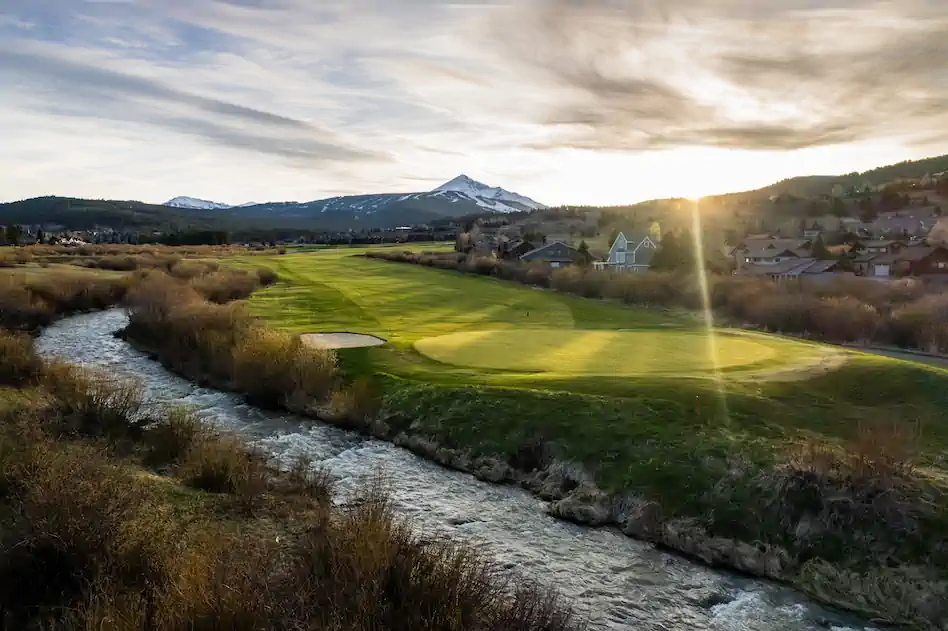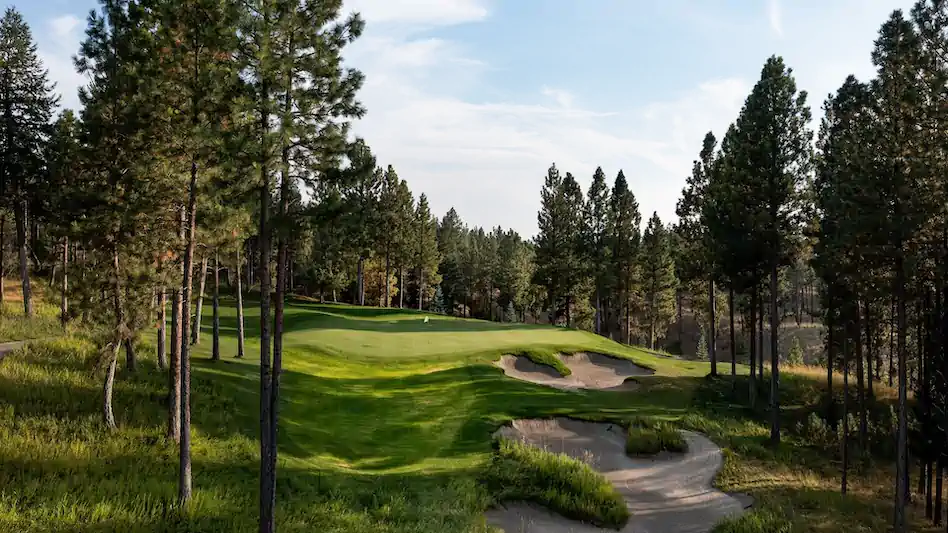Although he didn’t use the word “challenge,’’ Tom Ferrrell clearly threw down the gauntlet (or golf glove) when he recently told me this at Sedge Valley – Tom Doak’s newest creation at Sand Valley Golf Resort in Nekoosa, WI.
“I bet, in relation to par, your scoring average at Sedge Valley isn’t lower than any other course here.’’
I didn’t take that bet. I’m guessing most players who do will lose. At 5,800 yards, par 68, Sedge Valley is more than enough golf course for players regardless of handicaps or abilities. Doak has made sure of that with deceptively thick underbrush off the fairways and narrow, undulating greens.
“The directive had always been to find the best greens sites,’’ said Ferrell, vice president of communications for Sand Valley parent Dream Golf Resorts. “The goal is to explore the property (through) golf. This is a very unique piece of property.
While some players might chuckle at a 5,800-yard, par 68 course, here are a couple of things to remember: One, your swing doesn’t know the difference between 5,800 yards and 7,300 yards; two, the Keiser family, owner of Dream Golf Resorts, doesn’t build golf courses just to be building them. Whether it’s The Lido at Sand Valley or
Pacific Dunes at Bandon Dunes, each course is built with a purpose. In the case of Sedge Valley, that purpose was to build a sub-par 70 course that rivals the top “short’’ courses in the U.S. (par 69 Wannamoisett in Rumford, RI) and the UK (think Crail’s par 69 Balcomie Links in Fife).
Truth is, there is nothing “short’’ about any of those courses except the numbers on their scorecards.
“Each time I see (Sedge Valley) I walk away with different descriptions,’’ said Sand Valley Director of Marketing Brandon Carter. “It’s intimate and it’s brawny. It’s totally different than anything else we have here today.’’
What Sand Valley has are two large–than-life courses – Sand Valley (Bill Coore and Ben Crenshaw) and Mammoth Dunes (David McLay Kidd) that each sweep across the Wisconsin sand hills. The Lido is Doak’s (successful) attempt at time travel that transports players back to C.B. Macdonald’s “lost’’ classic of the early 20th century. The Sandbox, meanwhile, is Coore and Crenshaw’s par-3 course that pays tribute to the classic designs of golf “golden age.’’
All of which brings us back to Sedge Valley, which unlike Sand Valley and Mammoth Dunes, hugs the terrain like the heathland courses south of London (think Sunningdale).
With two par-four holes (Nos. 6 and 12) measuring less than 300 yards long each, Sedge Valley tests a player’s ego as much as his or her skills. The back-to-back par 3 holes (Nos. 7 and 8), with the eighth measuring 227 yards from the tips, are the highlights of the front side.
Sedge Valley’s only par-five is the 11th hole, which plays a tough 542 yards from the tips. Any final thoughts about Sedge Valley being a “short’’ course dies on the 12th hole.
Ferrell smiled and gazed toward Sedge Valley’s first tee.
“I think a lot of people will come here licking their chops and go away licking their wounds.’’















